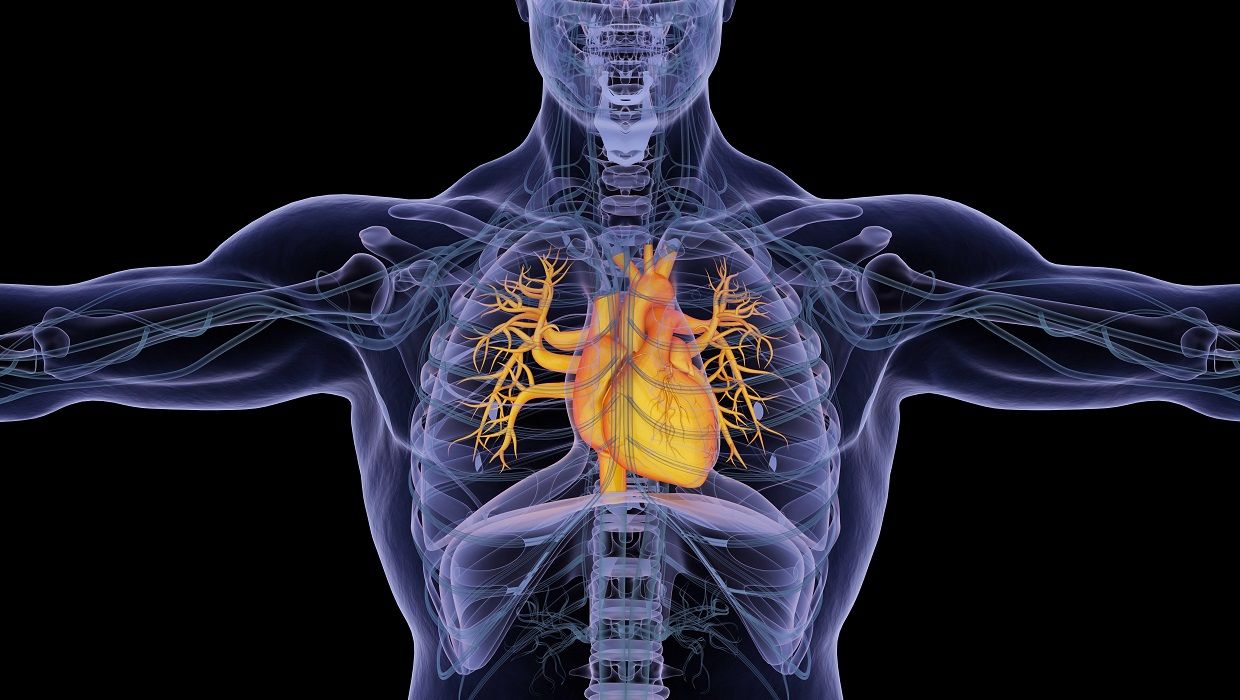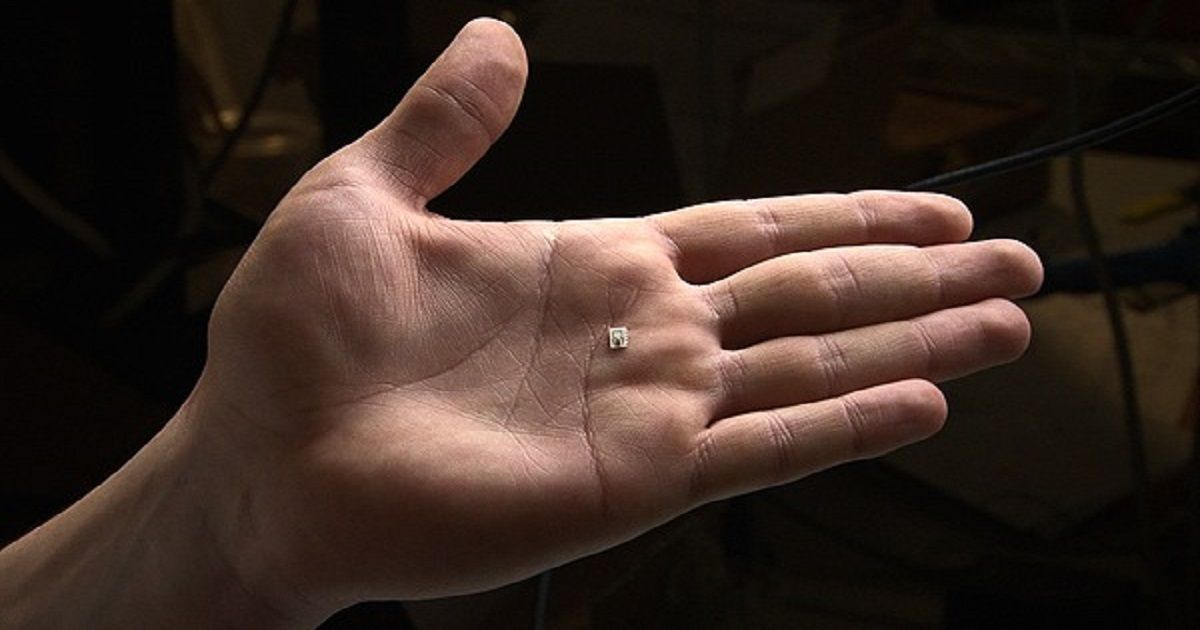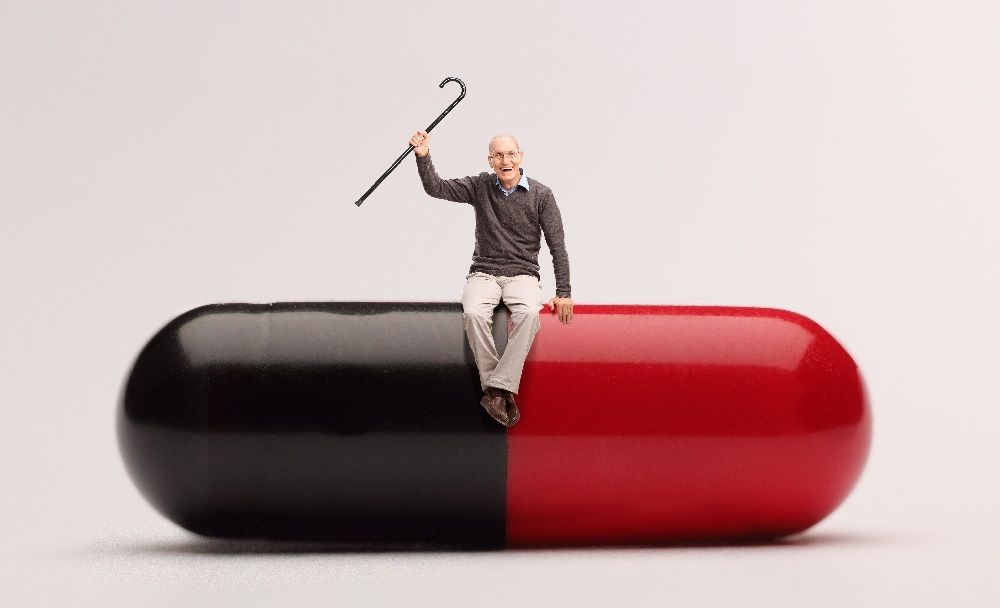Doctors implicate chronic inflammation as a cause of heart disease and cancer with some claiming that reducing persistent, low-grade inflammation will reduce these diseases. In fact, a recent clinical trial discovered that the inflammation-lowering drug Canakinumab reduced heart attack and strokes by nearly a fourth and cancer by about half.
More than ever, physicians believe that reducing chronic inflammation will also reduce heart attacks and strokes. Robert A. Harrington, M.D., a Cardiologist with the Department of Medicine at Stanford University, leans toward the inflammatory hypothesis of heart disease, a belief that chronic inflammation is a significant cause of heart disease. According to Dr. Harrington.
“Inflammatory cells and signals drive the healing response to vascular injury, allowing the initiation and growth of atherosclerotic plaque.”









